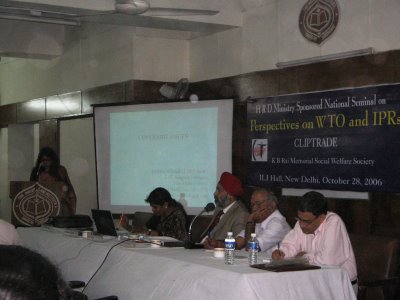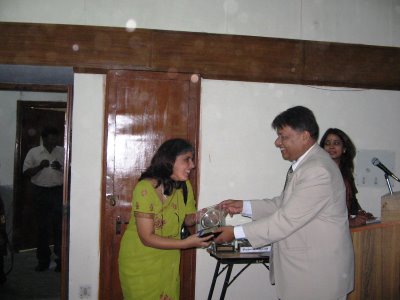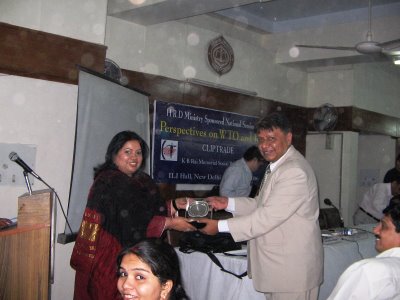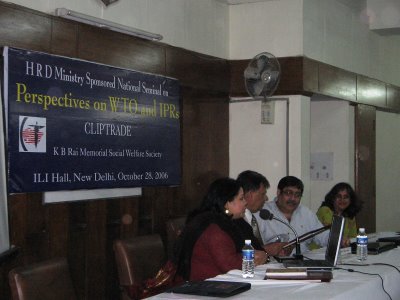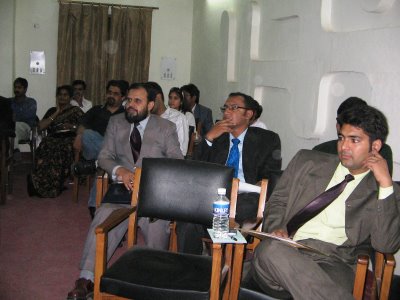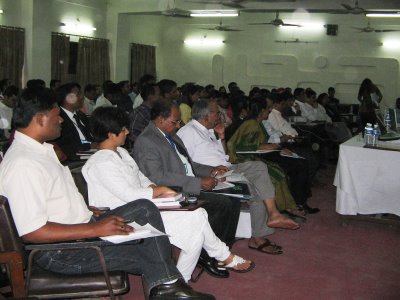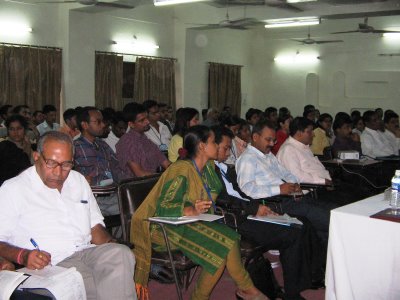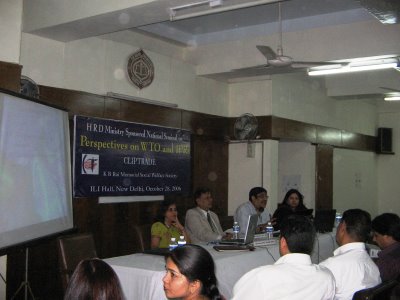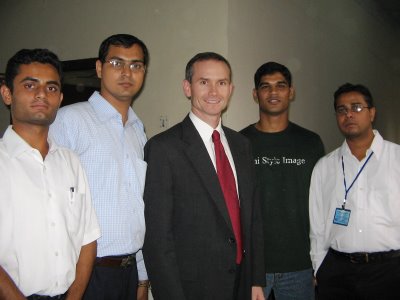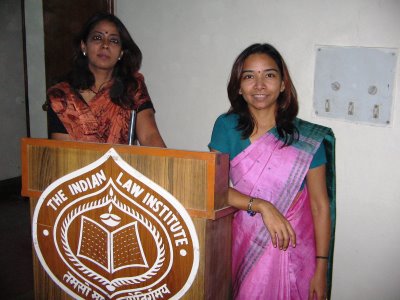The following is one of the responses received for the post "Santosh Singh's Trial: Is Death Sentence Too Harsh?" The author argues against death penalty (dp) for the culprit. Comments are invited.My point-wise reply follows:
1.You say that social consequences would be far grave if an example
is not set at this very moment and that Law should be given an
opportunity to do some damage-control now.
A: What are these 'social consequences'? Will it lead to an increase
in the number of murders? Please look at the facts. In the State of
Travancore, there were 962 murders between 1945 and 1950 when the
d.p.was not in force; but in the five years from 1950 when it was
re-imposed, there were 967 murders. In Canada, after the abolition of
d.p.in 1976, the homicide rate declined. In 2000, there were 542
homicides in Canada - 159 fewer than in 1975. A survey released in
Sep.2000 by the NYT found that during the last 20 years, the homicide
rate in States with the d.p. had been 48 to 101 per cent higher than
in those that did not allow capial punishment. In the U.S., 500
people have been executed since the Supreme Court reinstated the
d.p.in 1976. Over the same period, 75 convicts were released after
evidence showed that they had been wrongfully convicted. (These
figures were cited in an article by Rajindar Sachar in The Hindu).
2. Is d.p. a damage-control devise by the Law? Control what damage? I
don't think it was envisaged by our law-makers as such. The latest
law is that it should be reserved for the rarest of the rare crimes,
considering the severity of the murder. But I am not on this law-point
at all, but on the ethical issues which you raised.
3. You are concerned with the message that a court order without d.p.
would give to the perpetrators of such crimes. That they can evade the
d.p. and continue to living at State's expense as a prisoner
undergoing LI.
A: Do any of us seriously believe that Santosh killed her, after
sufficiently pondering over the possibility that he could escape d.p.
because of his connections. It was a crime committed as a result of
passion, wrong parental upbringing, and not because in India, it is
possible to evade d.p. if you have right connections. If Santosh's
connections were the cause, then why Dhananjoy or any other lesser
personality would commit rape and murder?
Your argument would lead one to infer that all men are potential
rapists and killers, but they are held back, only because of d.p.
staring at their faces. Many men, in fact, are affected by the
passion, which drove Santosh to commit the crime, but they refrain
from doing so, not because of the presence or absence of d.p., but
because it makes no sense to commit such an extreme offence to satisfy
one's lust. Having said this, I would add, d.p. fails to address the
cause of Santosh's crime -which is wrong parental upbringing, which
could be the focus of a sociological inquiry (sadly no journalist has
focussed on this).
They need not live at State's expense. Their families could be asked
to meet the bill of their stay in the jail. If the families cannot
afford, I am sure there would be a number of human right NGOs, which
would come forward to meet this cost.
4. Giving another chance to criminal = risks social safety. The
debate on the Afzal case is a clear pointer that the social safety
lies in commuting d.p. as social safety in J&K, and as a result in the
rest of India, is endangered by the fallout of executing Afzal. In
other words, social safety should hardly be a consideration for
imposing d.p. How do we say that a person's death can ensure social
safety? Because we assume that he may commit similar crimes. This
probability should not be the basis for imposing d.p., because for
other forms of punishment, we rely on hard facts, not on probabilities
or likelihoods.
5. Denigrate the dignity of law? The law itself gives discretion to
the Judge whether to impose d.p. The Judge may go wrong in his
judgment whether the case is the rarest of rare or not. There is
cacaphony of differing judicial views on what constitutes rarest of
rare in the Supreme Court. So, dignity of which law? Putting the
social conscience on the wrong path? Do we believe the society
collectively will approve of rape and murder, if d.p. is not imposed
on Santosh?
6. Go a long way in disturbing the conscience of potential
perpetrators? D.P. has been in the statute books for a long time as
an option, and imposed several times, and many had been hanged. But
potential perpetrators continue, without their conscience being
disturbed. The reason is no murderer fears law, if he fears, he would
not commit the crime, if he commits, it shows he does not fear the
law.
7. Taking a principled stand against D.P. is not having an opinionated
mind-set. I have an open mind, but I want the other side to convince
me with facts, and substantiation.
